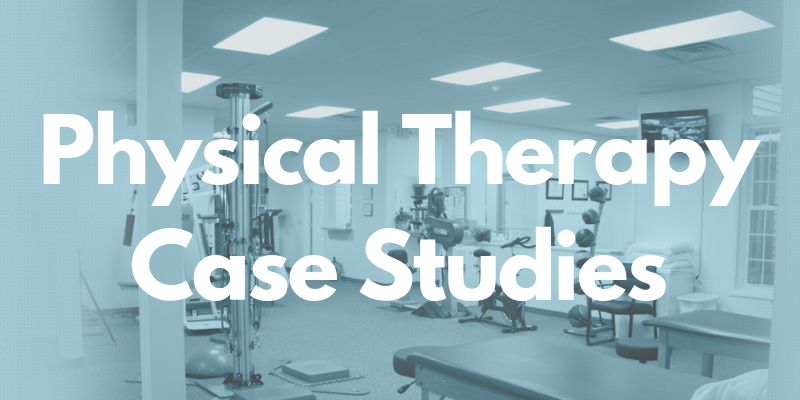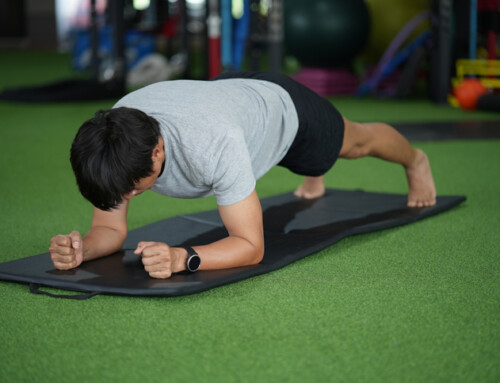By Lisa Bodratti, PT, DPT
Case Study for Treatment of Exertional Compartment Syndrome
History
A 15-year-old patient presented to our Capital Area Physical Therapy clinic with their mother for evaluation of new onset of severe calf cramping after running. The patient had gone to her primary care physician who had cleared them for any vitamin/mineral deficiency, and was then referred to physical therapy.
Evaluation
At the patient’s first visit, a variety of objective measurements were taken to assess baseline function and assist the therapist in building an individualized plan of care. Some of these measurements included: lower back, hip, and ankle range of motion, joint mobility testing, single leg balance, postural assessment, nerve tension, muscle palpation, and sport-specific testing. The patient subjectively reported right foot and calf cramping, worse after running, as well as occasional right foot numbness.
Treatment
- Visit 1: Education was provided on activity modification, etiology of the current problem, importance of home exercise participation and the plan for future treatments. Soft tissue massage and cupping were used to assist in aiding in relief from pain and tightness in their calf. The patient was educated on exercises to start between the first and second sessions, which included basic core engagement, sciatic nerve glides and calf muscle stretching.
- Visit 2: The patient and their mother returned for the second visit with minimal symptoms since the first visit. The beginning of the session focused on soft tissue mobilization and cupping before moving onto exercise. Exercises this session focused on advancing core strength and initiating hip and gluteal muscle activation in coordination with core engagement. During a standing exercise, it was found that the patient tended to overuse some muscles while not using others at the correct time, so the biofeedback unit was utilized to help them realize when to “turn on” versus “turn off” the appropriate muscles during single leg activities.
- Visits 3 – 10: Sessions focused on increasing muscle coordination and strength, especially through their core and hip muscles to aide in returning to running without pain or cramping. At session 7 the patient underwent a running assessment. Information from the running assessment revealed that the patient was compensating with her left leg by 16%! More targeted exercises were utilized to focus on right leg stability, control and comfort.
Results & Follow-Up
The patient was able to slowly work back into running again with a rule of not increasing running volume by more than 10% each week. The patient is now running pain free!
For more information on this case study for treatment of Exertional Compartment Syndrome, our treatment and techniques, physical therapy for management of running pain, or to make an appointment for an evaluation or treatment, contact us at one of our two physical therapy clinics in Malta and Queensbury NY.






